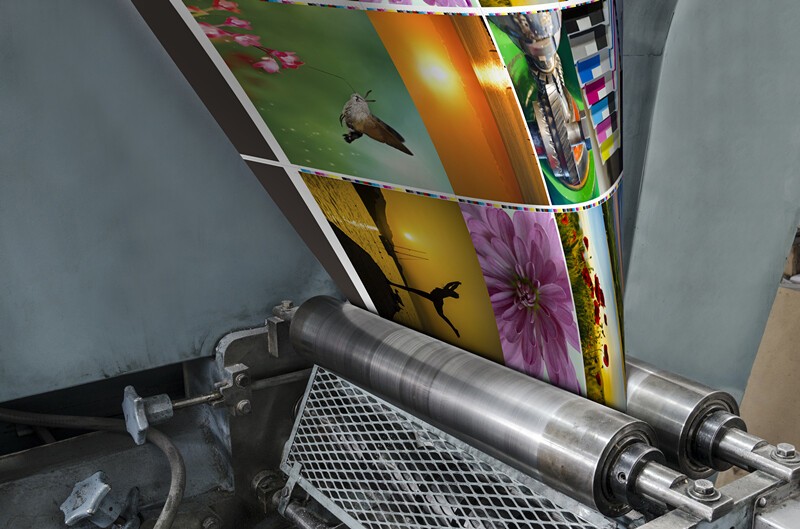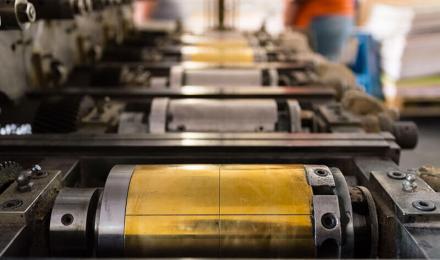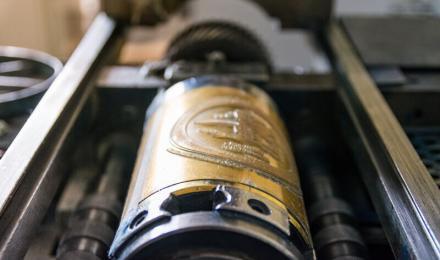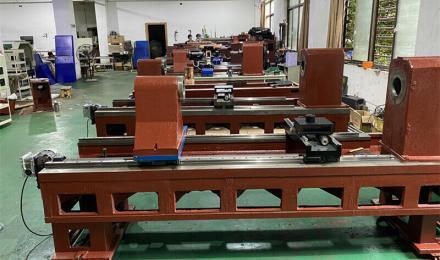Today, the printing industry has grown to greater heights thanks to advancing technology. There are so many new printing methods in the industry, and the quality of printing has been growing impressively well. Among the many advanced printing methods are soft printing and concave printing.
Concave printing and flexible printing, referred to as flexography printing, are popular printing methods in flexible packaging. If you love the print on your favorite snack, then they are made with concave or flexible printing, especially if packaged in paper. These printing techniques produce high-quality images and are a bit affordable compared to some of the available printing options. That’s what makes them popular, especially with small-scale businesses.
There are many benefits that make concave printing and flexible printing stand out. Unlike gravy and some other printing methods that pollute the environment, these types of printing protect it. But when it comes to quality, there are several factors that stand out about these printing methods.
In this guide, we look at some of the key areas, including how to compares print quality between the two. But let’s start with a deeper understanding on what these printing methods are:
What Is Flexible and Concave Printing?
Flexible printing or flexography is a plate printing technique that uses a direct rotation printing method. The printing method uses an elastic or flexible raised image plate to printing the required image. The printing method simply works by transferring liquid or lipid ink to a variety of printing substrates. The flexibility in terms of printing material is one of the factors that makes it popular.
Most people make mistakes of categorizing flexography in convex printing, but its plate, ink, and imprint process are different. That’s why it is independently listed as a printing method.
Do note that concave printing has almost the same set up as flexible printing. The slight differences are the imprint process as well as ink volume.
Differences In Product Quality In Flexible and Concave Printing
When it comes to quality, there are several things that you need to take into consideration. One of them is the indicators used to gauge quality. To help us understand the differences in product quality in these two printing methods, here are the indicators you need to look out for:
Ink Volume
One of the factors that differentiate flexible and concave printing product quality is ink volume. For normal printing, concave printing uses 4-6g/m2, while flexible printing uses 3-5g/m2. So, the volume ink ratio between these two types of printing is huge. This means in terms of quality of the product, flexible printing is likely to offer the best due to a lower ink content ratio.It is also important to note that flexible printing is more economical compared to the concave method.
Number Of Network wires
The number of lines that a printing method can produce per inch is another indicator of print quality. It’s a factor that’s greatly used to differentiate the qualities of these two printing methods. For flexible printing, the method can reach up to 120-150 lines per inch. This is one of the best numbers of network cables in this kind of printing. The coming of the resin plate technology has improved this quality to almost that of gravy printing, which is 175-200 lines/inch.
Overprint Accuracy
Overprinting accuracy is another indicator of quality printing products. Gravy printing is known for producing one of the best overprint accuracies. But flexible printing is also producing better overprint accuracy compared to concave printing. That’s one of the key reasons why printers opt for this printing method.
Quality Control Factors
The quality control factors are many, and every printing method has unique ones. There are several things that you need to check when comparing these quality control factors. In this case, we compare flexible printing to gravure printing. The printing method offers better quality factors such as color division, plate exposure, and printing installation.
In conclusion, there are numerous quality differences between flexible and concave printing. These are the major difference that could make a significant difference in the final print product. Therefore, research widely, especially on expected results, before selecting the printing method.






